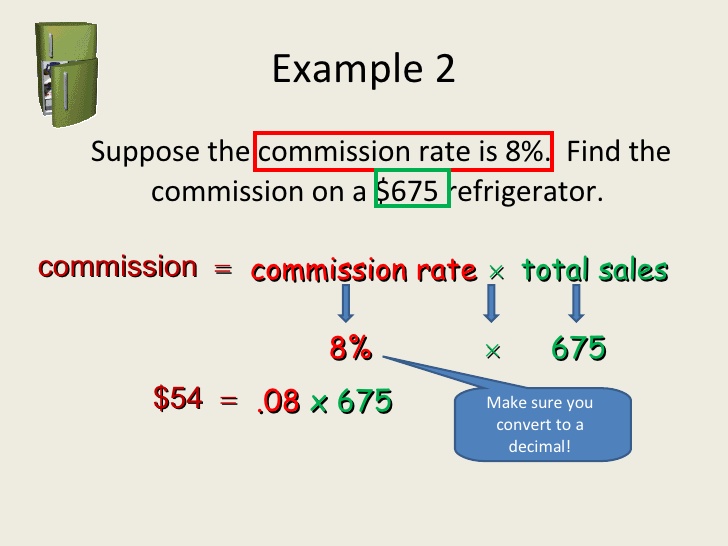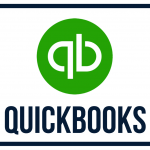
Cost accounting focuses on a business’s costs and uses the data on costs to make better business decisions, with the goal of reducing costs and improving profitability at every stage of the operational process. Financial accounting is focused on reporting the financial results and financial condition of the entire business entity. HighRadius offers a cloud-basedRecord to Reportsolution that helps accounting professionals streamline and automate the financial close process for businesses. We have helped accounting teams from around the globe with month-end closing, reconciliations, journal entry management, intercompany accounting, and financial reporting. Accounting software supports real-time reporting that provides the most updated cost data for use in decision-making enhancing its effectiveness. Such immediacy will enable businesses to proactively respond to changes in costs and help businesses keep control of their finances.
Cost Accounting vs. Financial Accounting
Proper costing of inventory is needed for correct valuation in financial reporting and for purposes of taxation and this can be ensured through cost accounting. Accurate valuation aids in better financial statements and ensures compliance with the accounting standards. It enables businesses to identify areas where costs can be reduced, efficiency can be enhanced, and hence profitability can be improved by analyzing costs incurred on different aspects of production. It is an essential tool for any company that wants to maintain competitiveness in a cost-sensitive market. The objective of cost accounting is to help a company’s management fix prices and control production costs. In this definition, examples of “operating data” include the cost of products, operations, processes, jobs, quantities of materials consumed, and labor time used.
Organization
A financial professional will offer guidance how to calculate depreciation expense for business based on the information provided and offer a no-obligation call to better understand your situation. Our mission is to empower readers with the most factual and reliable financial information possible to help them make informed decisions for their individual needs. Our writing and editorial staff are a team of experts holding advanced financial designations and have written for most major financial media publications. Our work has been directly cited by organizations including Entrepreneur, Business Insider, Investopedia, Forbes, CNBC, and many others. The articles and research support materials available on this site are educational and are not intended to be investment or tax advice. All such information is provided solely for convenience purposes only and all users thereof should be guided accordingly.
For example, when a company acquires an asset e.g a truck, the amount paid to buy the truck will only be part of the truck’s overall life cycle cost. You also need to consider that over the period the truck will be used, maintenance costs, car insurance, gas, and other costs to keep the car operational will be incurred. All activities involved in production are divided based on their individual costs. The cost of each activity is then allocated according to their actual consumption of costs. To find the costs of these activities, ABC traces their impact on resource consumption and costing final outputs. Any activity that is relevant to the final cost of an object is seen as a cost driver for that object.
- It is one of the more recent costing methods and was developed to keep in line with many modern industries prioritizing lean practices.
- The articles and research support materials available on this site are educational and are not intended to be investment or tax advice.
- Experience the future of cost accounting today with Wafeq’s advanced tools that offer precision, compliance, and real-time insights tailored to your market.
- One-time costs like machinery purchase and periodic costs like rent are not included as direct costs.
- The selling price is known as the salvage value and is subtracted from the total cost of that asset.
Job order costing is applied to industries dealing with custom manufacturing and construction. For example, a manufacturer of custom furniture traces the cost of material, labor, and overheads to a particular job or piece of furniture. This way, the company will know the total amount of investment made in every piece of work and will set prices that will yield a profit while pinpointing cost overruns that are to be controlled. Cost accounting helps in the competitive and profitable pricing of products, as cost information is accurate. Therefore, it will ensure that the prices are such that they will cover all the costs while being attractive to customers. Cost accounting provides detailed cost data that allows a business to arrive at an accurate scheme of budgeting.
Early methods of cost accounting were a bit primitive, typically dealing with direct costs like materials and labor. However, this laid the foundation of more sophisticated methods of cost accounting. For example, companies that operate on short-term production cycles will primarily focus on direct costs depreciation strategies under the new tax law like raw material. In contrast, long-term production activities usually require companies to also include indirect costs like overhead.

Transforming Account Reconciliation for Midsize Organizations
A company can use the resulting activity cost data to determine where to focus its operational improvements. For example, a job-based manufacturer may find that a high percentage of its workers are spending their time trying to figure out a hastily written customer order. Via (ABC) Activity-based costing, the accountants now have a currency amount pegged to the activity of “Researching Customer Work Order Specifications”. Senior management can now decide how much focus or money to budget for resolving this process deficiency.
The reality is that maximum production capacity cannot be maintained throughout the life cycle of the company — machinery will undergo maintenance and employees will go on vacation. To understand how throughput accounting works, irs 2018 form w you have to know what throughput is. Throughput is the amount of a product or service that a company can produce and deliver to a client within a specified period. When calculating the whole life cost of an asset, investors will typically include planning and acquisition costs, operating costs, preventative maintenance costs, rehabilitation costs, and the cost of asset disposal. Although cost accounting and financial accounting are prepared on similar principles, there exist differences between them.
Cost accounting can be used in many industries and business contexts for accomplishing many tasks related to cost analysis and efficiency enhancement. Ranging from job order costing in manufacturing to activity-based costing in service industries, the examples of cost accounting denote its wide application. By examining these examples, businesses will be able to know exactly how cost accounting techniques can be tailored to their needs and operations. Costs that are relatively independent of the level of production; they remain constant even if nothing is produced. Knowing fixed costs helps a company know how much it has to sell to cover those expenses and maintain profitability, even when volumes vary.
It is one of the more recent costing methods and was developed to keep in line with many modern industries prioritizing lean practices. As opposed to fixed costs, variable costs will increase as the level of production increases. Operating costs are day-to-day expenses, but are classified separately from indirect costs – i.e., costs tied to actual production. Investors can calculate a company’s operating expense ratio, which shows how efficient a company is in using its costs to generate sales.